
Because I love Quang Nam terracotta so much, I have spent nearly two decades wandering everywhere to be able to touch the terracotta vein imbued with the soul of Quang Nam people.
From Champa mark to fairyland
There is a stream of terracotta connecting from My Son temple complex to Thanh Ha pottery kiln with a history of nearly 500 years. Along this space, old brick kilns are scattered among the fields, although they have become ruins, but still remind us of the time of kneading clay and firing brick kilns. In the afternoon, My Son, dozens of ancient temples, the red brick color is as bright as the sunset in the middle of the old forest.
More than 10 years ago, on a crescent moon night, we sat in the heart of My Son, next to moss-covered towers under restoration, listening to the artist Nguyen Thuong Hy tell stories. The Champa towers in My Son were built with baked bricks, the type of soil taken from the banks of the Thu Bon River. The strangest thing was that no mortar joints were found between the bricks.
Through three archaeological excavations from 2004 to 2008, experts from the University of Milan, Italy collected more than 1,300 terracotta artifacts of various types, focusing on the main groups of Kala (God of Time) faces, tower corner decorative ears (fire ears), statues of sacred animals such as Nandin cows, deer, geese... Many artifacts were carved quite elaborately such as the Naga snake god, lotus buds, fire ears...
In the middle of the story, artist Nguyen Thuong Hy suddenly stopped and said: “People come to My Son maybe at first because of the title of World Heritage, but deep down, each person still wants to once learn about the mysteries of the ancient bricks, touch this unique Champa terracotta culture…”. He said, Thanh Ha pottery village in the lower Thu Bon also recreates the terracotta culture with the hands of artisans from Quang.
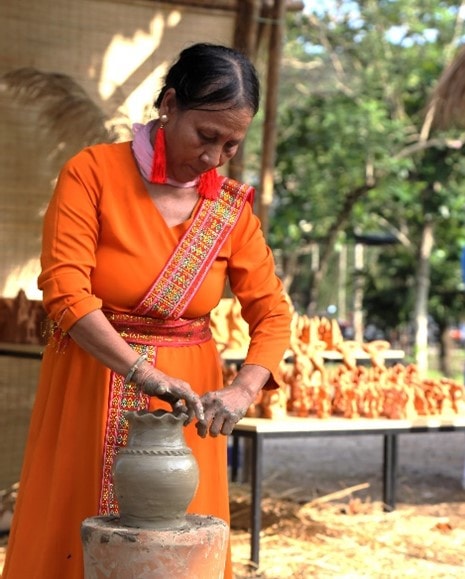
Hoi An port was once bustling with boats from all over the world for trading, opening up a large market for ceramic and terracotta products to be exchanged and sold wholesale throughout the regions. Fifteen years ago, I went to Thanh Ha to "play with the soil" with the old artisan Nguyen Lanh, when he had just passed the "ancient and rare" age. At that time, he was still healthy. Going back in time, his eyes and voice still reflected the color of terracotta along with the crisp sound of the village's products, crystallized from human talent with the harmony of earth and fire.
At that time, the pottery village had just revived, so it was very innocent and small like a girl’s hand. On the hand-wheel, the pottery artisan seemed to be performing a divine dance. While his hand gently stroked the soft clay, his feet continuously kicked to create movement, his whole body leaned forward, floating in the morning sunlight…
Following the winding path past the family pottery kilns, I recall my childhood days associated with pottery. There was the fat roundabout used to put lucky money in, or the cute clay figurines that made rustic sounds when breathed into. Many people of my generation still cannot forget the crispy rice with the fragrant smell of new rice cooked in a clay pot in the wood stove of their hometown. Or the pot of steaming water to relieve colds with the strong smell of the countryside.
I always call Thanh Ha pottery village a fairyland, because here, from the road, the corner of the yard to the tiled roof, everything is tinged with the color of terracotta. A feeling of peace with the row of areca trees in front of the alley and the strong smell of soil emanating from the newly shaped products being dried in the sun.
That fairyland is being experimented by young, dynamic and sensitive artisans with the creation of new art forms, not only preserving the unique features of traditional terracotta but also having high applicability in fields such as interior decoration, garden design and souvenirs. They are the link between tradition and modern life with localized characteristics, contributing to opening the door to the future for Thanh Ha pottery to appear in the world.
Famous Quang hometown pottery
The gentle sound of waves lapping from the Thu Bon River echoes up to the shore, flowing down to Cua Dai, like a stream of terracotta culture, from the past still flowing between the modern times and possibly into the future. At the Xich wharf by the river, there is a “termite nest” house and a row of workshops built with red bricks by People’s Artisan Le Duc Ha.
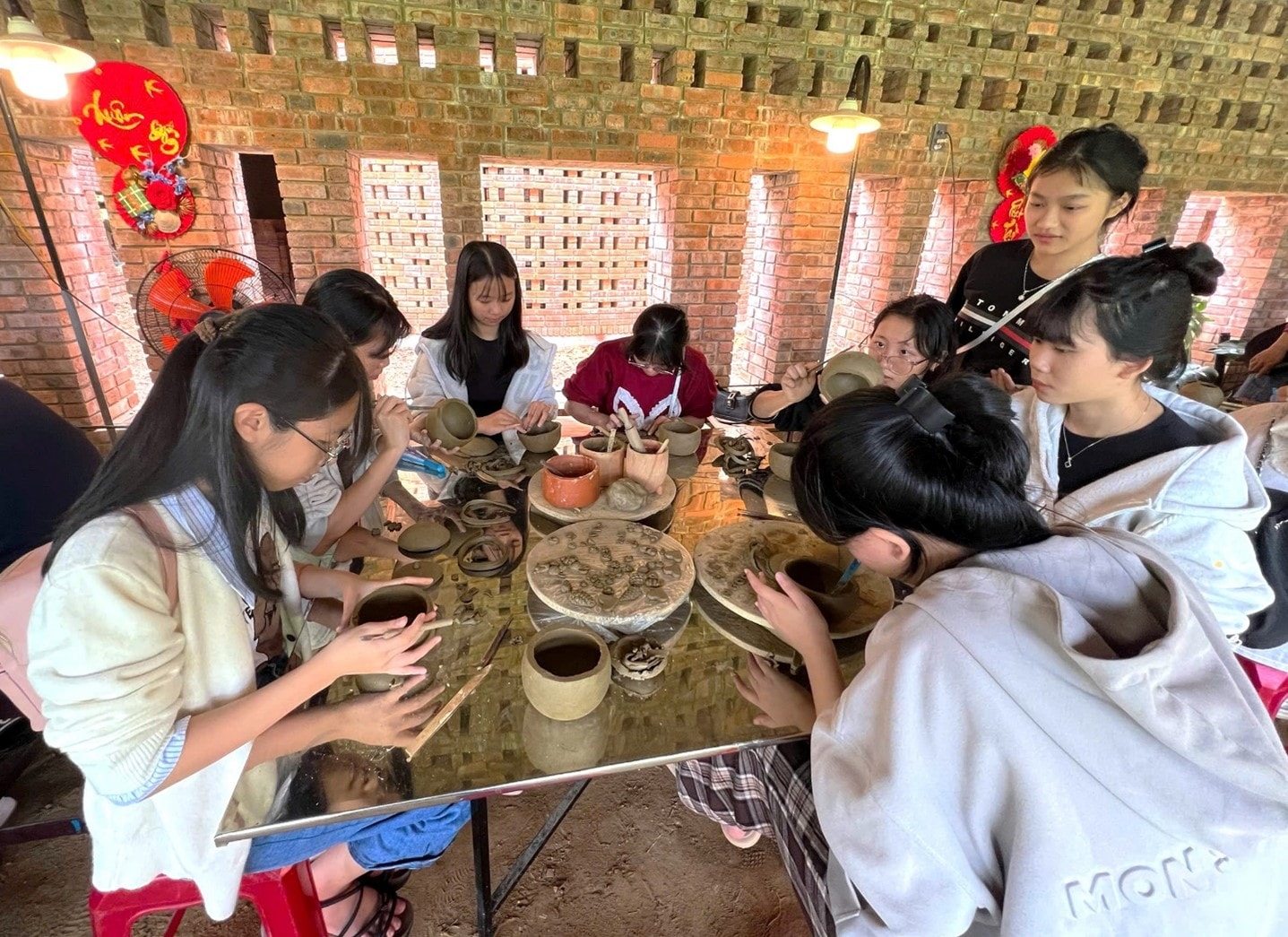
Looking in from the side door of the workshop, the sunlight slanted down the kiln door, creating a pipe full of light. Each worker walked very slowly, holding the newly created products in both hands, holding them across their chests, following the path of light into the kiln. There was something very profound about that scene, reminiscent of the sacred rituals of the Cham people at the My Son temple on mysterious moonlit nights.
The unique red brick factory and exhibition complex built along the Thu Bon River has become a highlight of the Dong Khuong handicraft village cluster, Dien Ban Ward. Le Duc Ha Terracotta Workshop is not only a production site but also an experiential tourism destination, with a harmonious combination of traditional and modern art. Teacher Le Thi Van Thanh, in charge of professional activities at Nguyen Thien Thuat Secondary School, Hoa Xuan Ward, has taken 9th grade students nearly 20km to Le Duc Ha Terracotta Workshop many times, the most recent time being in March 2025.
She said that while many places focus on revenue generation, Le Duc Ha Terracotta Workshop focuses on preserving traditional crafts, with a ticket price of only 60,000 VND/student but bringing about many benefits. She shared: “In the peaceful space of the riverside village, the children knead the clay themselves to create rough ceramic products. The workshop will accept the firing and send them back to the school after 2 weeks. Every child is excited to receive the finished product they made themselves. I think that each such beneficial experience will help the children understand and love the working people and their traditional craft villages more…”
Mr. Ha was concerned about how to bring terracotta out of the bamboo fence of the village, to friends everywhere with a modern look. Showing off the Apsara ceramic statues, he confided: “I want to bring the image of my homeland into terracotta artworks. That is the people, Champa culture, Buddhist culture. These products are displayed in Hoi An ancient town, and tourists love to buy them as souvenirs of the country and people of Vietnam.”
While sitting and watching the sunlight pass through the gap in the brick wall of the factory, Ha talked about Tropical Space by two architects Nguyen Hai Long and Tran Thi Ngu Ngon, who shared their inspiration for architecture from simple fired bricks in Ho Chi Minh City. Tropical Space was awarded the Spotlight Award 2022, an award honoring the works of outstanding talented architects in the United States and internationally. This is an opportunity to stimulate demand for terracotta pottery villages in Da Nang.
So, when Quang Nam and Da Nang are united under one roof, what new hope does the traditional pottery craft of Quang Nam have? Le Duc Ha answered our question with a very light smile. That the source of the Thu River is the My Son temple complex, a world heritage site, downstream of the Thu Bon River is Thanh Ha pottery village, a long-standing traditional pottery village in the ancient town of Hoi An. And Le Duc Ha Terracotta is located in the middle, connecting the flow of Terracotta through time, space and culture in the heart of a new Da Nang.
He eagerly awaits a breath of fresh air from the new Da Nang city leadership. With the potential to combine nature and heritage, local terracotta craft villages, the inheritance of Champa culture transformed over time... All will converge into a cultural tourism destination for craft villages. And who knows, through learning and experiencing trips to Thanh Ha Pottery Village, Le Duc Ha Terracotta Workshop, there will be more successors who love pottery, know how to "magically" work with earth, water and fire... so that the flow of terracotta in the heart of Da Nang will make Quang Nam's hometown pottery famous.
Source: https://baodanang.vn/dong-chay-dat-nung-giua-long-da-nang-3308949.html


![[Photo] Ho Chi Minh City Youth Take Action for a Cleaner Environment](https://vphoto.vietnam.vn/thumb/1200x675/vietnam/resource/IMAGE/2025/11/04/1762233574890_550816358-1108586934787014-6430522970717297480-n-1-jpg.webp)
![[Photo] Ca Mau "struggling" to cope with the highest tide of the year, forecast to exceed alert level 3](https://vphoto.vietnam.vn/thumb/1200x675/vietnam/resource/IMAGE/2025/11/04/1762235371445_ndo_br_trieu-cuong-2-6486-jpg.webp)
![[Photo] Comrade Nguyen Duy Ngoc holds the position of Secretary of the Hanoi Party Committee](https://vphoto.vietnam.vn/thumb/1200x675/vietnam/resource/IMAGE/2025/11/04/1762234472658_a1-bnd-5518-8538-jpg.webp)
![[Photo] Government holds a special meeting on 8 decrees related to the International Financial Center in Vietnam](https://vphoto.vietnam.vn/thumb/1200x675/vietnam/resource/IMAGE/2025/11/04/1762229370189_dsc-9764-jpg.webp)






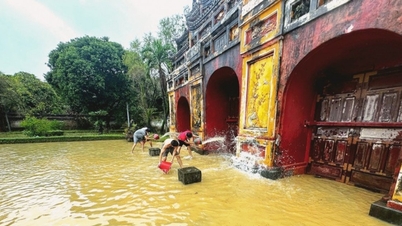

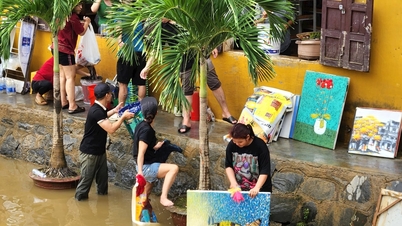
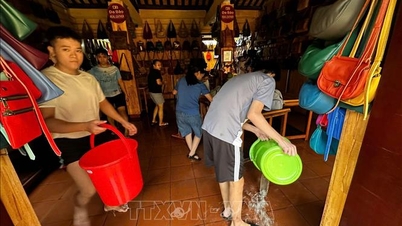















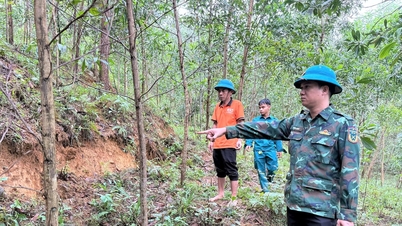

![[Photo] The road connecting Dong Nai with Ho Chi Minh City is still unfinished after 5 years of construction.](https://vphoto.vietnam.vn/thumb/1200x675/vietnam/resource/IMAGE/2025/11/04/1762241675985_ndo_br_dji-20251104104418-0635-d-resize-1295-jpg.webp)




























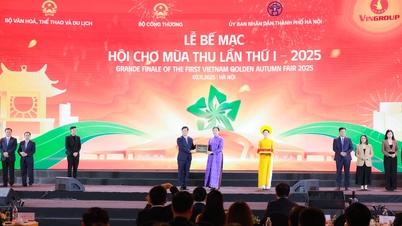
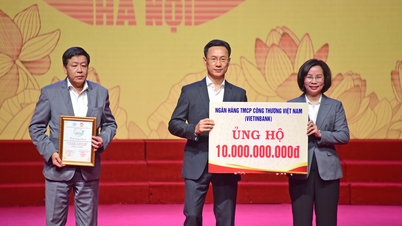



















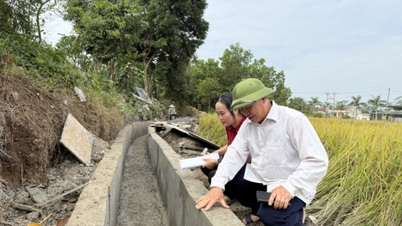







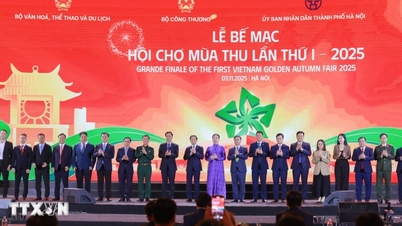

















Comment (0)